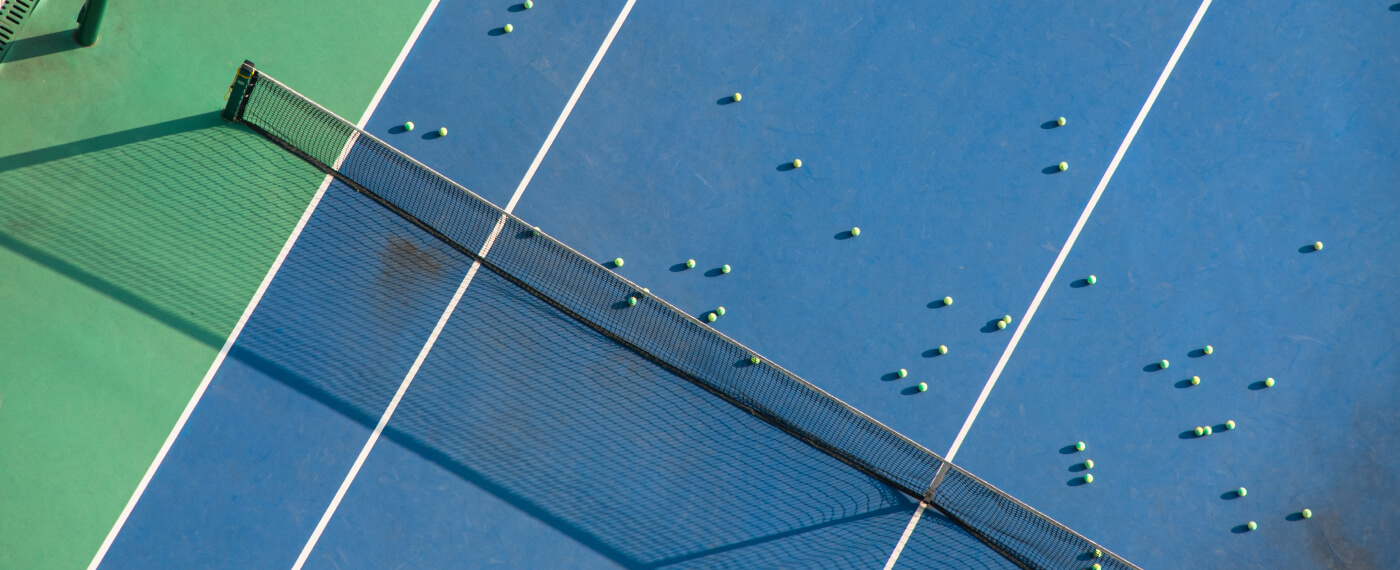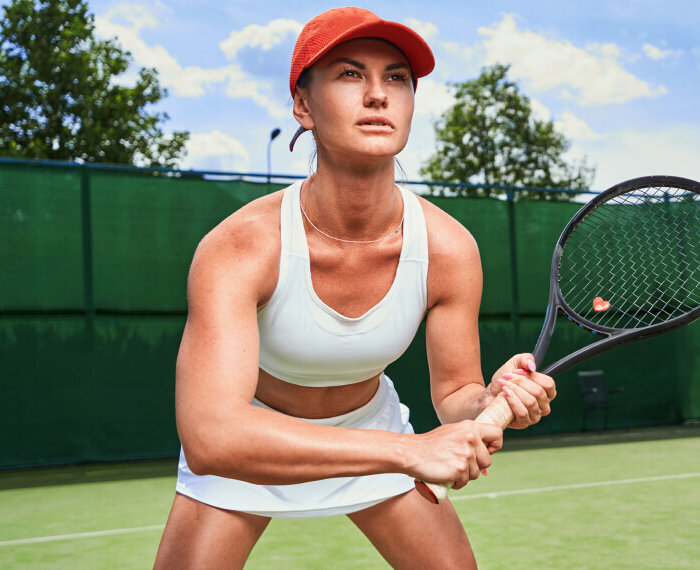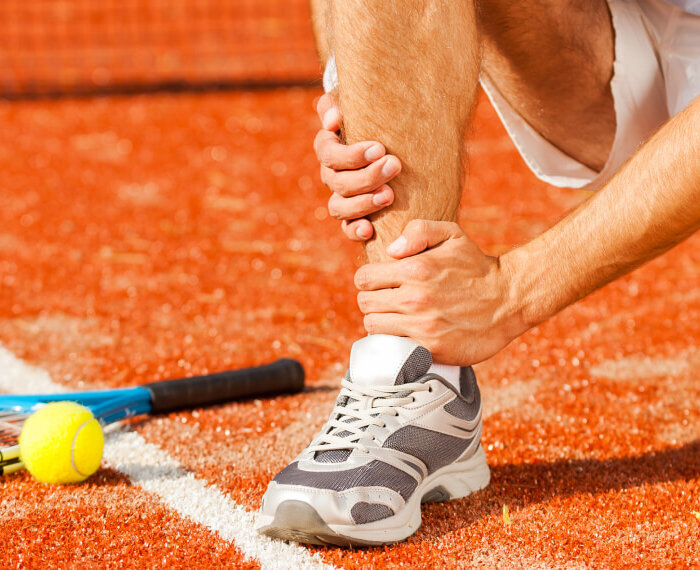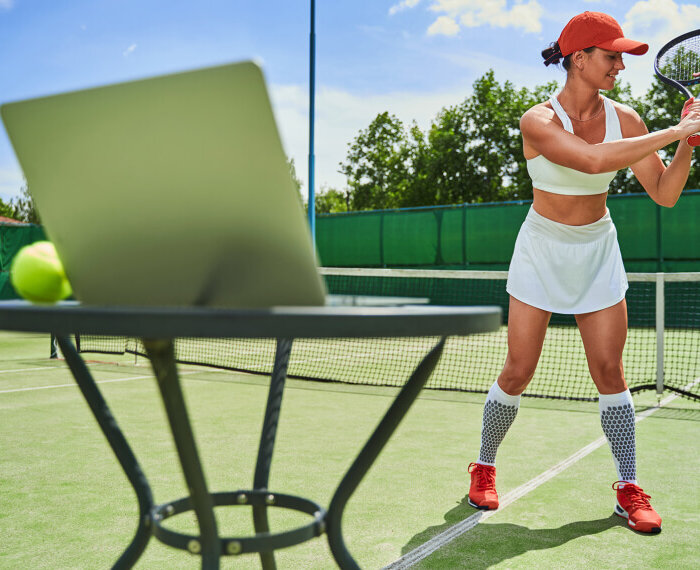
Is it better to learn tennis on a clay court, hard court or grass court?
Choosing the right surface to learn tennis can significantly affect how you develop your skills and understand the game. Each type of court offers different advantages and challenges. Here’s a breakdown of clay, hard, and grass courts to help you decide the best option for learning tennis.
Clay Courts
Clay courts are considered great for beginners because they slow down the ball and allow more time to reach shots. This can lead to longer rallies which are excellent for practicing strokes and improving footwork. The softer surface is also gentler on the body, reducing the risk of injuries that are more common on harder surfaces.
Hard Courts
Hard courts are the most common around the world and provide a good balance between clay and grass. They offer a faster surface than clay but are not as fast as grass, making them a versatile option for learning. Hard courts can help improve quick reactions and adaptability, as they cater to a variety of playing styles.
Grass Courts
Grass courts are the fastest type of tennis court, where the ball bounces low and moves quickly. This can be challenging for beginners but is beneficial for developing a quick game and improving serve-and-volley skills. Grass courts are less common and can be more expensive to maintain, so access might be limited.
Conclusion
For beginners, clay courts are often recommended due to their slower play and reduced injury risk. However, if your goal is to play on a variety of surfaces or you have easier access to other types, starting on hard courts can also be beneficial. Ultimately, the best court to learn tennis on may depend on your access to facilities, your physical condition, and your tennis aspirations.
Other Articles
What Muscles Does Tennis Exercise?
Tennis is not only a fun, competitive sport but also an excellent full-body workout. It engages multiple muscl...
Read MoreInjury Prevention Tips Every Tennis Coach Should Know
Understanding Common Tennis Injuries Coaches should be familiar with common tennis injuries such as tennis elb...
Read MoreThe Role of Technology in Modern Tennis Coaching
Incorporating Video Analysis Video analysis is a powerful tool for improving a player’s technique. By record...
Read More



